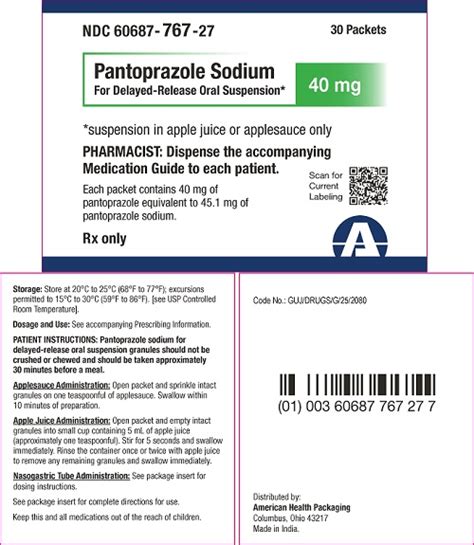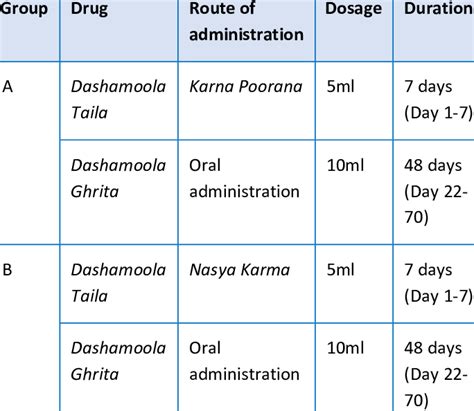Intro
Discover key facts about Pantoprazole Sodium, a proton pump inhibitor, including its uses, side effects, and interactions, to understand its role in treating acid reflux and stomach ulcers effectively.
Pantoprazole sodium is a widely used medication for treating various gastrointestinal issues, including gastroesophageal reflux disease (GERD), Zollinger-Ellison syndrome, and peptic ulcers. The importance of understanding this medication cannot be overstated, as it affects millions of people worldwide who suffer from these conditions. With its effectiveness in reducing stomach acid production, pantoprazole sodium has become a cornerstone in the treatment of acid-related disorders. However, like any medication, it's crucial to delve into its specifics to ensure safe and effective use. In this article, we'll explore key aspects of pantoprazole sodium, including its mechanism of action, benefits, potential side effects, and more.
The mechanism by which pantoprazole sodium works is quite fascinating. It belongs to a class of medications known as proton pump inhibitors (PPIs), which decrease the amount of acid produced in the stomach. By inhibiting the H+/K+ ATPase (proton pump) in the gastric parietal cells, pantoprazole sodium effectively reduces gastric acidity. This action helps in healing and preventing ulcers in the stomach and intestines, as well as treating conditions like GERD by reducing the amount of acid that flows back into the esophagus.
Understanding the benefits and potential risks associated with pantoprazole sodium is essential for patients and healthcare providers alike. On one hand, the medication offers significant relief from symptoms of acid-related diseases, improving the quality of life for those affected. On the other hand, like all medications, pantoprazole sodium can cause side effects, some of which may be serious. Therefore, it's vital to use this medication under the guidance of a healthcare professional, adhering strictly to the prescribed dosage and duration of treatment.
Introduction to Pantoprazole Sodium

Chemical and Pharmacological Properties
The chemical properties of pantoprazole sodium, including its molecular weight and solubility, play a crucial role in its formulation and bioavailability. Pharmacologically, its action as a PPI is well understood, with a rapid onset of action that allows for quick relief from symptoms. The drug is metabolized in the liver and excreted in the urine, which is an important consideration for patients with renal or hepatic impairment.Benefits of Pantoprazole Sodium

Therapeutic Uses
The therapeutic uses of pantoprazole sodium include: - Treatment of gastroesophageal reflux disease (GERD) - Healing and prevention of peptic ulcers - Treatment of Zollinger-Ellison syndrome - Reduction of risk of gastrointestinal bleeding in critically ill patients Each of these indications highlights the versatility and efficacy of pantoprazole sodium in managing acid-related disorders.Potential Side Effects and Risks

Drug Interactions and Contraindications
Pantoprazole sodium can interact with other medications, altering their efficacy or increasing the risk of side effects. For example, it can interfere with the absorption of drugs like ketoconazole and reduce the effectiveness of clopidogrel. Contraindications include known hypersensitivity to pantoprazole or any component of the formulation. Patients should provide their healthcare provider with a complete list of medications they are taking to minimize the risk of drug interactions.Dosage and Administration

Special Populations
In special populations such as the elderly, children, and patients with renal or hepatic impairment, the dosage of pantoprazole sodium may need to be adjusted. For example, in patients with severe renal impairment, a reduced dose may be necessary to avoid accumulation of the drug. Healthcare providers must consider these factors when prescribing pantoprazole sodium to ensure safe and effective treatment.Conclusion and Future Perspectives

Final Thoughts
As we move forward, it's essential to balance the benefits of pantoprazole sodium with its potential risks, ensuring that patients receive the most effective treatment for their specific condition while minimizing adverse effects. This balance can be achieved through ongoing education, research, and open communication between healthcare providers and patients.What is pantoprazole sodium used for?
+Pantoprazole sodium is used to treat conditions like gastroesophageal reflux disease (GERD), peptic ulcers, and Zollinger-Ellison syndrome by reducing stomach acid production.
How does pantoprazole sodium work?
+Pantoprazole sodium works by inhibiting the proton pump in the stomach lining, thereby reducing the production of gastric acid.
What are the common side effects of pantoprazole sodium?
+Common side effects include headache, diarrhea, nausea, and vomiting. More serious side effects can include severe allergic reactions and increased risk of osteoporosis-related fractures.
We invite you to share your thoughts and experiences with pantoprazole sodium in the comments below. If you found this article informative, please consider sharing it with others who might benefit from this information. Your engagement and feedback are invaluable in helping us provide the most accurate and helpful content possible.
